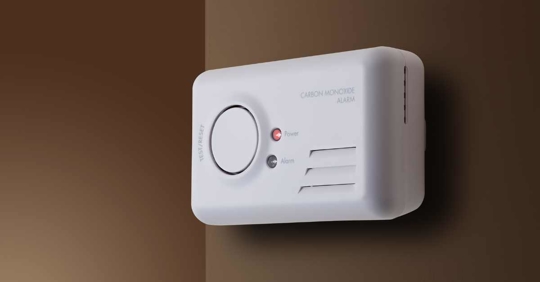Carbon monoxide (CO) is an odorless, colorless, and tasteless gas that poses a severe risk to homeowners. Known as the “silent killer,” CO can cause serious health issues, and exposure is often undetected until it’s too late. With HVAC systems commonly being a source of carbon monoxide leaks, understanding how to detect and prevent potential hazards is key to keeping your family safe. This guide will cover the risks of CO, signs of leaks, and what you can do to safeguard your home.
Understanding Carbon Monoxide and Why It’s Dangerous
Carbon monoxide is produced when fuels like natural gas, propane, or oil are burned. Appliances such as furnaces, stoves, water heaters, and fireplaces can emit CO if not properly maintained or adequately ventilated. Symptoms of CO poisoning, like headaches, dizziness, nausea, and confusion, can escalate to unconsciousness or death if exposure continues unchecked. This is especially concerning during colder months when heating systems are in full use.
How to Spot and Prevent Carbon Monoxide Leaks
Warning Signs of a Leak
Although you can’t see or smell carbon monoxide, there are physical indicators around your HVAC system to watch for:
- Yellow or flickering burner flames (instead of blue)
- Soot streaks near appliances
- Excess moisture on windows or walls
- Unusual odors or stale air
Regular monitoring and awareness of these signals can help you catch leaks early.
Install and Maintain Carbon Monoxide Detectors
A CO detector is your first line of defense. Place detectors near bedrooms, in the kitchen, and close to heating systems. Regularly test the detectors, replace batteries every six months, and adhere to the manufacturer’s replacement timeline for the units themselves.
Prioritize HVAC Maintenance
Routine HVAC inspections are essential for preventing CO leaks. Professionals will check for issues like cracked heat exchangers, poor venting, or malfunctioning burners that could lead to a dangerous buildup of carbon monoxide. Scheduling annual system tune-ups ensures everything is running safely and efficiently.
Ensure Proper Ventilation
Proper airflow is necessary to prevent CO from being trapped in your home. Keep vents, chimneys, and exhaust fans clear of debris or blockages. Consider upgrading older systems to newer, more efficient models if ventilation remains an issue.
Protect Your Home, Protect Your Loved Ones
Carbon monoxide awareness and prevention go hand in hand with a well-maintained HVAC system. Don’t leave your family’s safety to chance. Schedule an inspection with a trusted HVAC professional and make safety a priority.
Take the next step today! Call us at (217) 987-8326 or connect with us through our online contact form for expert HVAC services and dependable carbon monoxide prevention solutions. Your safety is our top priority.

